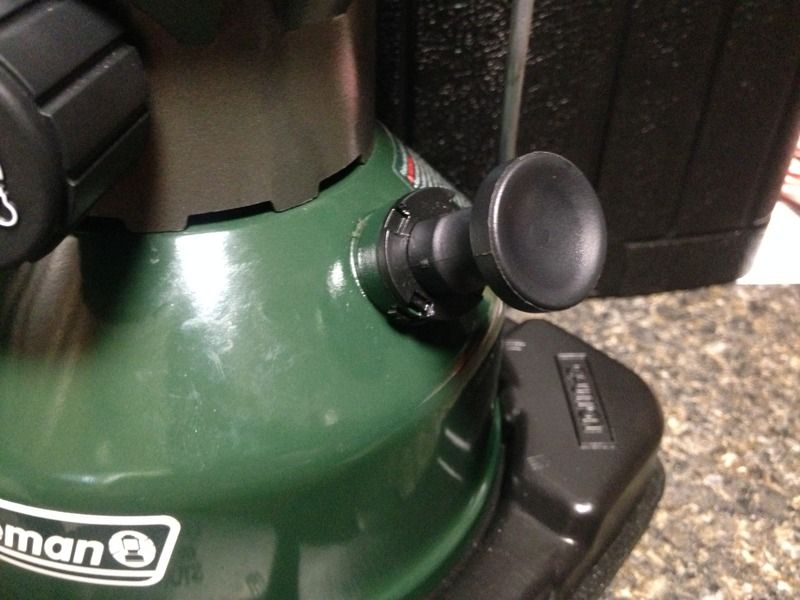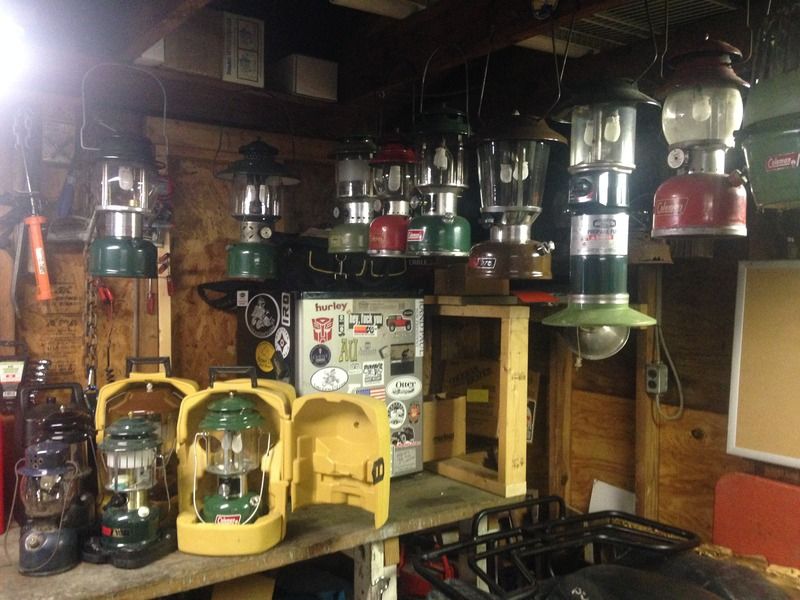For reference:
From Coleman site -
http://www.coleman.com/chooseafuel/
What type of fuel is right for you?
How do you know if you should buy a propane stove or a Dual Fuel™ model? A liquid fuel lantern or a canister style? The first question that you have to answer is what type of fuel to use. There are differences in cost, convenience and performance with each fuel type. We'll walk you through the respective advantages so that you can make an educated purchase decision. But the most important consideration is how you'll be using the appliance you're thinking of buying. Will you be heading into remote high country? Pitching a tent at a campground in a national park? Or just heading out for the weekend on a local trail? To a certain extent, how you'll use the appliance will dictate which you should buy.
Propane
More campers use this fuel than any other, probably because of convenience and ease of use. No pouring. No priming. Just attach the fuel cylinder to the appliance and you're in business. Coleman equipment is pressure-regulated at 15 psi (pounds per square inch) to ensure steady output throughout the life of the cylinder. Propane offers great overall reliability, but be aware that it operates less effectively at subfreezing temperatures than liquid fuels. Cold will cause a pressure drop in the cylinder and output will diminish as a result. Cylinders weigh two or three pounds, so propane isn't the lightest weight option. Nor is it the least expensive. However, if you tend to set up camp and stay for days or weeks, investing in a refillable bulk tank will significantly reduce the overall cost of fuel.
Main advantages: convenience and availability.
Coleman® Fuel
Also called white gas or camping fuel, you can't beat it for camping in the winter or at high altitude. Burns hot even at subzero temperatures. And unlike butane and propane, output doesn't falter as temperatures drop. Coleman® Fuel is very refined, and burns hotter and cleaner than other liquid fuels. It's relatively inexpensive and not difficult to come by. By carrying the fuel in small refillable fuel bottles, you don't have the disposal considerations you do with empty propane or butane cylinders. But unlike appliances that use those fuels, you do need to fill liquid-fuel appliances. And for steady output, they need to be pumped occasionally to maintain pressure within the fuel tank.
Main advantages: heat output and economy.
Butane/Propane Fuel
Butane/Propane mix canisters are lightweight, resealable, and easily connect to stoves and lanterns. Most canister appliances are lightweight and simple to use, so if you are a backpacker who counts ounces and appreciates convenience this fuel is for you. Downsides are that canisters can't be recycled, and in subfreezing temperatures, the fuel does not perform well. Or at all. Cold temperatures affect the pressure in the canister, so performance is best in mild to moderate conditions, You'll find this fuel in specialty and sporting goods stores under several brand names.
Main advantages: convenience and light weight.
Unleaded Gasoline
Our DualFuel™ appliances are made to accommodate automobile fuel. Coleman's modified valving even allows for differences between summer and winter blends. At 1/10 of the cost of propane, unleaded gas is the cheapest of all appliance fuels. And it's available everywhere, of course. In an emergency, you can siphon gas from the tank of your RV or car to use in a DualFuel lantern or stove. Although it's the most economical fuel to use, you'll extend the life of your appliance by using purer Coleman™ Fuel most of the time.
Main advantages: availability and low cost.
Kerosene
Used less now that other fuel options are available, kerosene is economical to use, readily accessible and dependable. Disadvantages are that it's smoky and has a strong smell. Also, kerosene appliances do require priming with a preheat fuel.
Main advantage: low cost.


